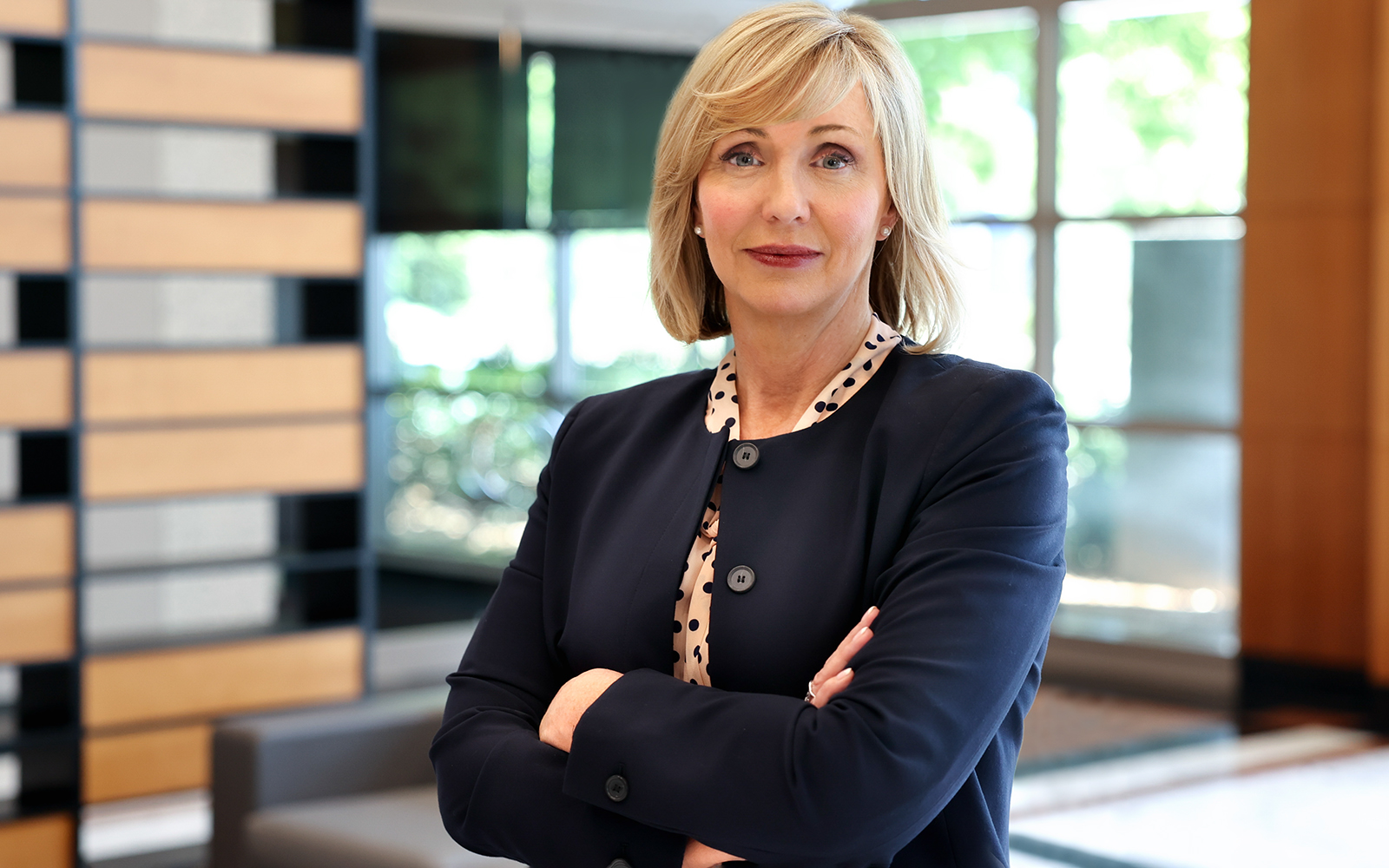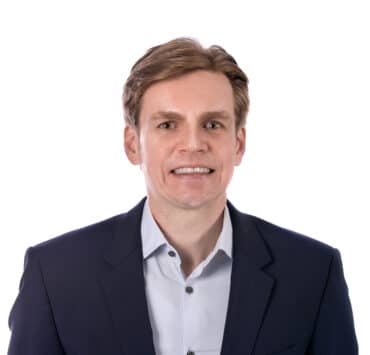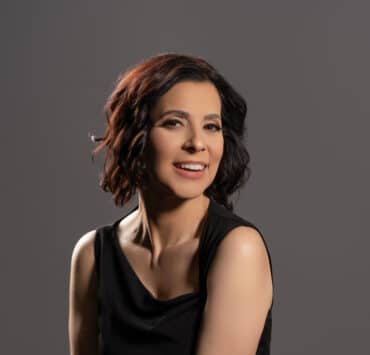|
Getting your Trinity Audio player ready...
|
When Lisa Botz became the first female chief human resources officer at Senneca Holdings in 2018, her daughter gave her a gift. “She gave me a necklace with a charm of broken glass to say I was breaking the glass ceiling,” Botz recalls. She was not only the first female CHRO at the company, but also the first female on its executive team.
In 2020, Botz once again became the first female CHRO for a company—this time at EIS, where she was also the first woman to earn a seat at the table in its C-suite. EIS, one of North America’s leading distributors of process materials, production supplies, specialty wire, and cable, had been male-dominated for most of its seventy-five-year history.
“What I heard from people—and women particularly—was that they were excited about seeing the change in leadership. I was a visual representation of what could happen for all women,” Botz says.

Shortly after arriving at EIS, Botz promoted a female African American manager, who told her, “You just made history. I’m the first Black female director in the company’s history,” to which Botz replied: “I didn’t make history, you did. I just knew you were the right person for that role.”
As a champion of DEI, Botz acted when she realized females and nonwhite employees were underrepresented in leadership roles at EIS. “Thirty-five percent of the workforce was nonwhite or females, but only about 20 percent of those groups were represented at the leadership levels,” Botz says. The goal of the entire EIS leadership team is to increase that number to more accurately reflect EIS’ workforce.
One of Botz’s biggest challenges has been developing and maintaining company culture during EIS’ acquisitions. To maintain its core values and achieve its strategic goals, the company instituted a performance review system and a recognition system that publicly celebrates its employees.
“[My daughter] gave me a necklace with a charm of broken glass to say I was breaking the glass ceiling.”
Lisa Botz
“Each month at town hall meetings, we highlight an EIS employee who behaved in a way that was consistent with EIS values and how that helped them achieve the company results,” Botz says.
One goal is to turn EIS customers into “raving fans,” Botz says. “We’ll give an example of how someone went above and beyond or treated the customer in a way that made them become a raving fan and achieved our revenue goals.” This strategy allows the company to drive EIS culture forward by clearly articulating valued goals and behaviors after an acquisition.
There’s a gentle “push and pull” associated with each acquisition, Botz notes. Acquired employees seek to maintain their independence while acquiring management establishes its philosophy, strategy, and procedures. Communication is key in this process.
“It’s respecting each group, listening to the way they’ve done things, and the reasons why. Through mutual respect, clear demonstration of our values and focus on the process, teams grow together and understand how to blend and bring out the best in each other,” Botz says.
In looking at employee demographics, company strengths, and strategic goals, Botz knew the company had the benefit of an experienced, long-tenured sales force. To facilitate continued growth, it needed a progressive training program to leverage the expertise of the sales team.
To that end, Kareem Payne, director of talent development at EIS, created a two-week immersion program for new salespeople, during which subject matter experts discussed products, processes, customers, and the value of EIS products. “EIS is recognized for its knowledgeable sales force and we wanted to ensure continuity of knowledge for ourselves and our customers,” Botz says.
When hiring for her team, which comprises seven direct reports, Botz looks for three qualities. She wants her hires to be passionate about their work, personable, and great at what they do. Once they’re on board, Botz wants to provide the right environment for them to achieve their dreams.
“Little by little, by just showing up every day and doing your best, you can make it better for the people that are beside you and those that come behind you.”
Lisa Botz
“I’m not there molding the clay day to day with them. I’m standing with my team, guiding where it’s needed, stepping in to remove an obstacle, or giving an opportunity to stretch. That’s when the magic happens,” Botz says.
Botz has created an environment at EIS in which employees “feel inspired to come to work, safe when they are there, and fulfilled at the end of the day,” which she learned from Simon Sinek. People perform best when they feel excited and inspired, Botz says. EIS employees should feel safe, not just physically but also to experiment, grow, and express their opinion.
She hopes that when EIS employees look back on their workday, their work week, or their entire career they see that they time they spent at the company was valuable, valued, and important.
“All the days and the years blend together,” she says. “You have some great days and some not-so-great days. But little by little, by just showing up every day and doing your best, you can make it better for the people that are beside you and those that come behind you.”

